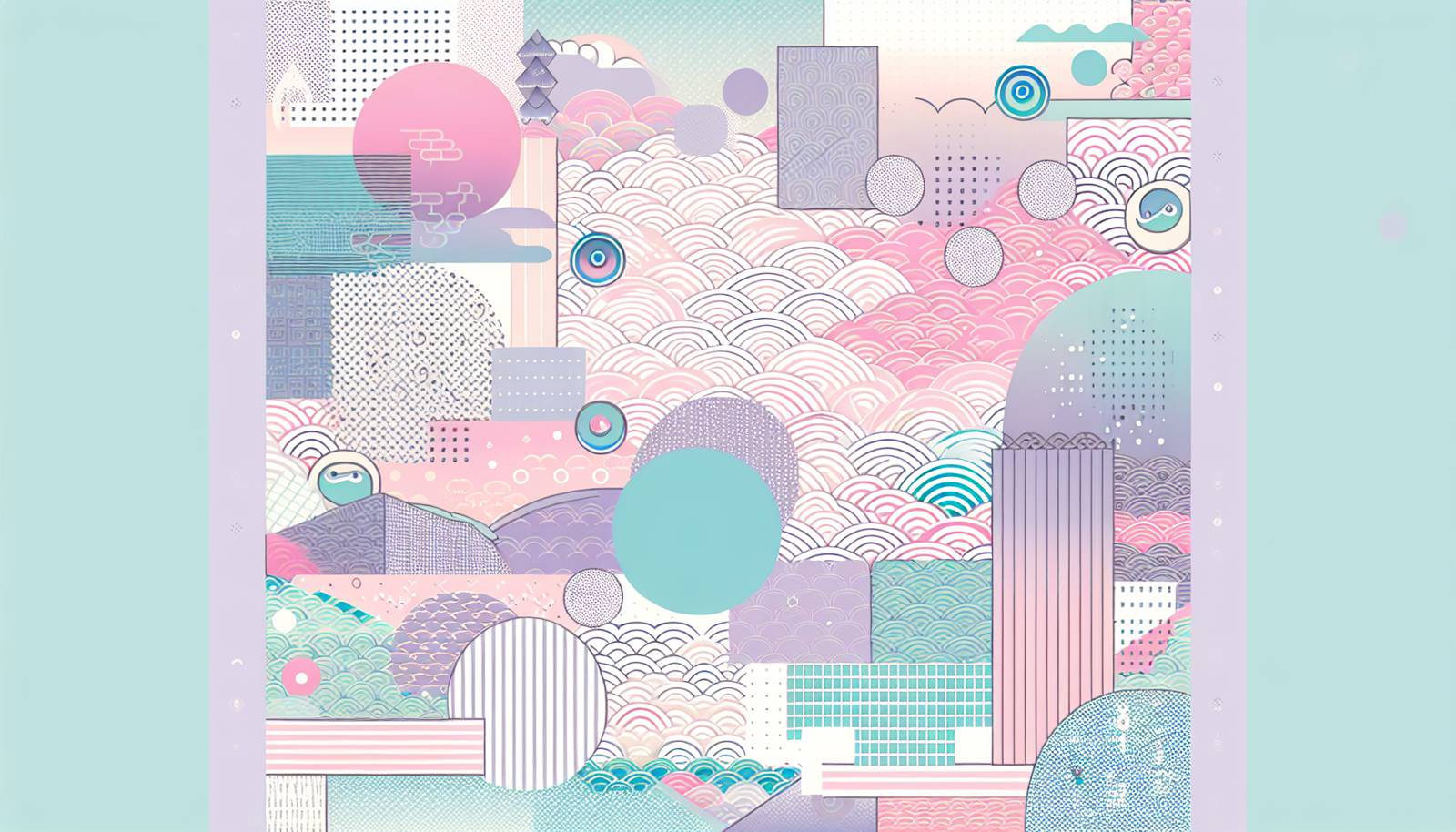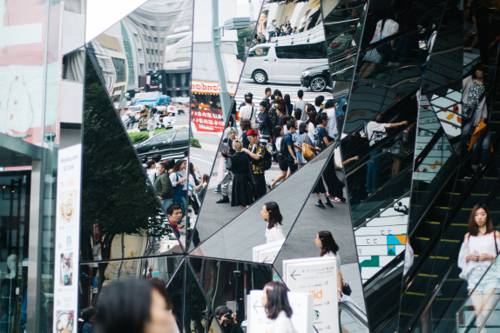
FAQ About The Cultural Significance of Harajuku Fashion

What is Harajuku fashion?
Harajuku fashion is a unique and highly expressive fashion style that originated in the Harajuku district of Tokyo, Japan. It is known for its eclectic, colorful, and bold sense of style, often combining different styles, textures, and even traditional Japanese attire with modern influences. This fashion movement celebrates individuality and often challenges conventional fashion norms.

Where did Harajuku fashion originate?
Harajuku fashion originated in the Harajuku district of Tokyo, Japan. The area became a hub for young people in the post-war years, evolving into a cultural hotspot for youth and fashion in the 1980s. The streets of Harajuku, particularly Takeshita Street, became known for eclectic and experimental fashion styles.

How has Harajuku fashion influenced Western fashion?
Harajuku fashion has significantly influenced Western fashion by promoting the concepts of mixing and matching various styles and encouraging individuality in fashion choices. Designers and fashion brands in the West have taken inspiration from Harajuku's bold prints, vibrant colors, and innovative layering techniques, integrating them into mainstream fashion collections. Moreover, celebrities like Gwen Stefani have helped popularize Harajuku and its unique cultural aesthetics internationally.

What are some key styles within Harajuku fashion?
Harajuku fashion encompasses a variety of styles, including:
- Gothic Lolita: Characterized by Victorian-inspired clothing with a dark twist.
- Decora: Known for bright colors and numerous accessories such as hair clips and bracelets.
- Kawaii: Focuses on a "cute" aesthetic, including pastel colors and adorable motifs.
- Visual Kei: A style inspired by Japanese rock music, featuring elaborate costumes and makeup.

Why is Harajuku fashion considered an expression of individuality?
Harajuku fashion is considered an expression of individuality because it encourages people to create their own unique look by experimenting with different fashion elements. This style is not about following trends, but rather about personal expression and creativity. It allows individuals to showcase their personality and preferences without adhering to societal fashion norms.

What role do street vendors and independent boutiques play in Harajuku fashion?
Street vendors and independent boutiques play a crucial role in Harajuku fashion by providing unique and eclectic fashion pieces that are not typically found in mainstream stores. These businesses foster creativity and allow for a wide variety of clothing and accessories, enabling individuals to experiment and find pieces that resonate with their personal style. They are an essential part of maintaining the diverse fashion culture of Harajuku.

Who are some famous figures associated with Harajuku fashion?
One of the most internationally recognized figures associated with Harajuku fashion is Harajuku Girls, a group created by singer Gwen Stefani, who popularized the style in the West through her music and fashion lines. Other iconic figures include designers like Rei Kawakubo of Comme des Garçons and street photographers such as Shoichi Aoki, who documented Harajuku fashion in his magazine, FRUiTS.

What are some common misconceptions about Harajuku fashion?
A common misconception is that Harajuku fashion is a single, unified style. In reality, it encompasses a wide range of subcultures and styles. Another misconception is that it's solely about outlandish or costume-like outfits; while some styles may appear extreme, many Harajuku practitioners focus on subtle layering and unique color combinations. Additionally, it is sometimes wrongly perceived as a trend rather than an established cultural movement.

How does Harajuku fashion reflect Japanese culture?
Harajuku fashion reflects Japanese culture by blending traditional and modern elements, showcasing Japan's history of cultural innovation. It embraces a "mix-and-match" approach, similar to the Japanese idea of shibui, where simplicity meets complexity. Harajuku fashion also highlights Japan's appreciation for craftsmanship and attention to detail, evident in the handmade accessories and custom clothing often seen in these styles.

Can anyone participate in Harajuku fashion?
Yes, anyone can participate in Harajuku fashion, as it is fundamentally about personal expression and creativity. There are no strict rules, and individuals are encouraged to explore and create looks that reflect their personality and style preferences. Harajuku fashion welcomes people of all ages and backgrounds to partake in its vibrant and expressive style.

What is the role of social media in spreading Harajuku fashion?
Social media plays a significant role in spreading Harajuku fashion around the globe. Platforms like Instagram and Pinterest allow fashion enthusiasts to share their unique styles and connect with like-minded individuals. Social media helps popularize new trends within Harajuku fashion and showcases the versatility and creativity of its many styles to an international audience.

How did Harajuku fashion evolve over time?
Harajuku fashion evolved from post-war youth rebellion in Tokyo to a rich tapestry of styles in the 1980s and 1990s. Initially influenced by Western fashion, it later embraced a more diverse and distinctly Japanese identity, fusing local and global influences. Over time, new subcultures emerged, and the fashion continually adapted, reflecting shifts in youth culture, music, and societal trends, remaining vibrant and ever-changing.

What events or gatherings are popular among Harajuku fashion enthusiasts?
Events such as Harajuku Fashion Walks, where enthusiasts gather to showcase their styles and celebrate the culture, are popular. Additionally, Tokyo Fashion Week often features Harajuku-inspired designs. Various pop-up events, themed meet-ups, and fashion shows also allow enthusiasts to connect, display their creativity, and draw inspiration from one another in a community setting.

Is Harajuku fashion expensive to maintain?
Harajuku fashion can vary in expense depending on personal choices. Some individuals opt for designer pieces or custom-made clothing, which can be costly. However, many participants create their looks from vintage shops, thrift stores, and DIY projects, making it accessible on a budget. The emphasis on personal creativity and mixing different elements allows for participation at various price points.

Are there any online communities for Harajuku fashion enthusiasts?
Yes, there are numerous online communities where Harajuku fashion enthusiasts connect. Platforms such as Reddit, Facebook groups, and dedicated forums allow individuals to share fashion tips, discuss trends, and showcase their outfits. These communities foster a sense of belonging and provide a space for collaboration and sharing new ideas and inspirations.

How does anime and manga influence Harajuku fashion?
Anime and manga have a significant influence on Harajuku fashion. The colorful and diverse styles of characters often inspire fashion enthusiasts to incorporate similar elements into their outfits, such as exaggerated accessories or bold color combinations. Some specific Harajuku trends, including Decora and Kawaii, draw directly from anime aesthetics, emphasizing whimsy and playfulness.

How is Harajuku fashion reflected in global youth culture?
Harajuku fashion impacts global youth culture by encouraging self-expression and challenging conventional fashion norms. Young people worldwide embrace elements of Harajuku fashion to break free from standard fashion molds and to experiment with personal style, integrating its bold colors, unique layering techniques, and diverse influences into their wardrobes as a form of cultural and individual expression.

What are the challenges faced by Harajuku fashion in today's society?
One challenge faced by Harajuku fashion is the homogenization of fashion trends through globalization, potentially diluting its unique styles. Moreover, commercial exploitation might threaten its authenticity, as mainstream brands capitalize on Harajuku themes without understanding the cultural context. Despite these challenges, the community's resilience and dedication to creativity help maintain the original essence of Harajuku fashion.

How does Harajuku fashion promote sustainability?
Harajuku fashion promotes sustainability through its emphasis on creativity and individuality, often involving the use of second-hand clothing and DIY fashion projects. By repurposing existing garments and focusing on personalized styling rather than fast fashion, enthusiasts contribute to a more sustainable fashion ecosystem. This approach aligns with broader trends in sustainable living and ethical consumerism.
